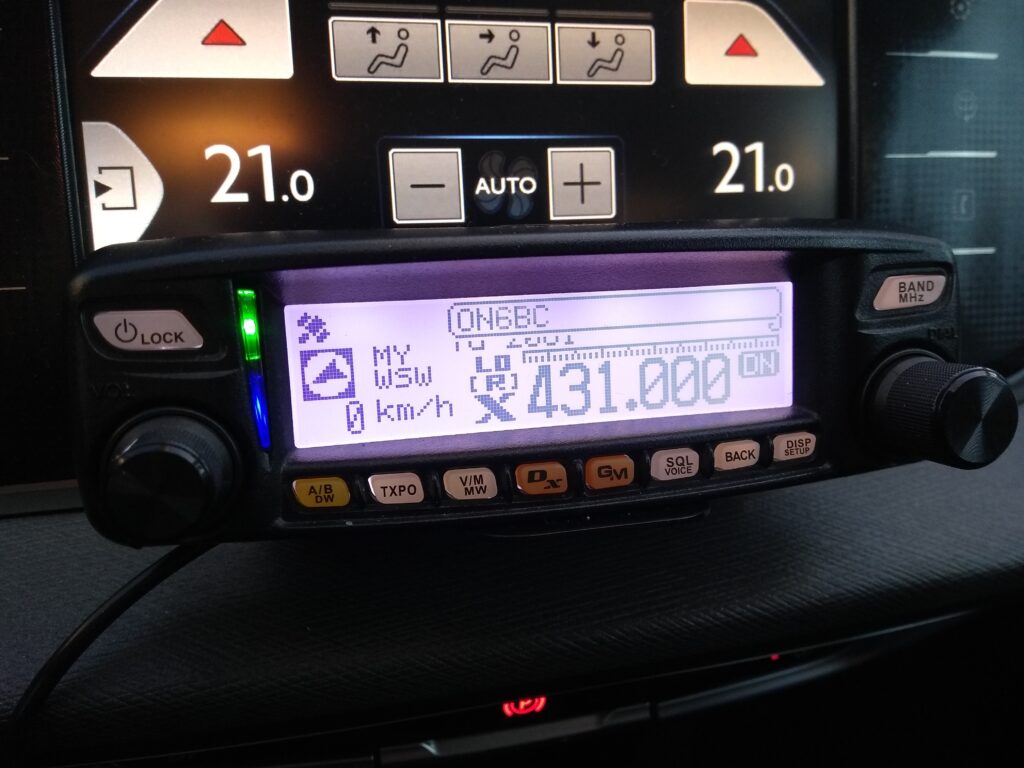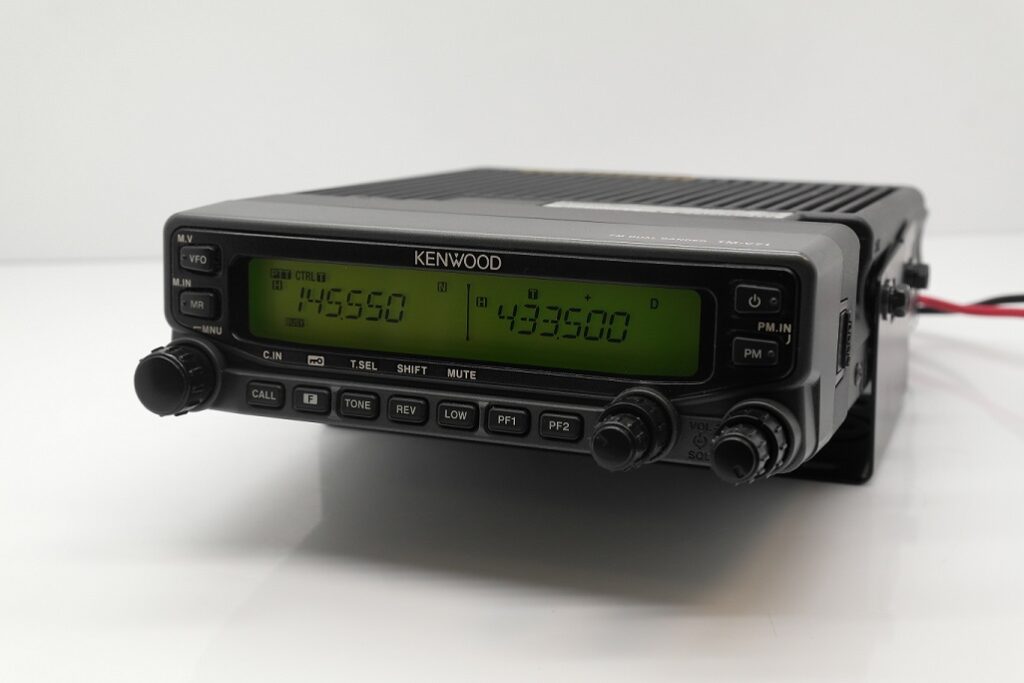I recently bought a Yaesu FTM-100D (I’ve been wanting to buy a decent mobile set for some time, altough I primarily work via DMR Hotspot) and have been quite impressed by it’s feature set and work-flow.

 Welcome to my blog with a collection of some technology related matters. I mostly fix things. And like sharing the details. Mastodon
Welcome to my blog with a collection of some technology related matters. I mostly fix things. And like sharing the details. Mastodon
I recently bought a Yaesu FTM-100D (I’ve been wanting to buy a decent mobile set for some time, altough I primarily work via DMR Hotspot) and have been quite impressed by it’s feature set and work-flow.

…Or not? Here’s a short post about often overlooked issues with supplying power to your mobile rigs (or any rig for what it’s worth..); Here’s the story I told to the owner of a Kenwood TM-V71…
